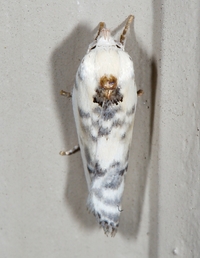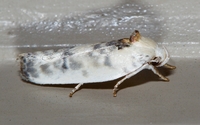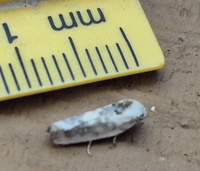
| Recorded by: Michael P. Morales on 2025-08-29
Cumberland Co.
Comment: | 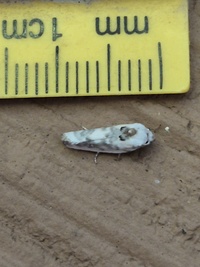
| Recorded by: Michael P. Morales on 2025-08-29
Cumberland Co.
Comment: |

| Recorded by: Michael P. Morales on 2025-08-29
Cumberland Co.
Comment: | 
| Recorded by: Mark Basinger on 2025-08-17
Wilson Co.
Comment: |
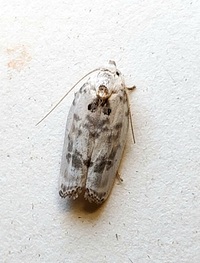
| Recorded by: Mark Basinger on 2025-07-28
Wilson Co.
Comment: | 
| Recorded by: Mark Basinger on 2025-07-05
Wilson Co.
Comment: |

| Recorded by: Mark Basinger on 2025-06-19
Brunswick Co.
Comment: | 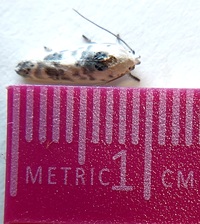
| Recorded by: Mark Basinger on 2025-06-02
Brunswick Co.
Comment: |
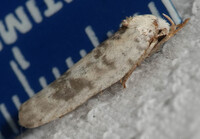
| Recorded by: Chuck Smith on 2025-05-16
Davidson Co.
Comment: | 
| Recorded by: Mark Basinger on 2025-04-28
Wilson Co.
Comment: |
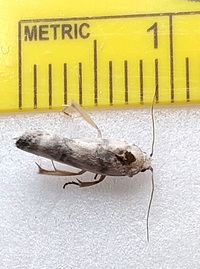
| Recorded by: Mark Basinger on 2025-04-15
Wilson Co.
Comment: | 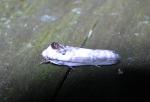
| Recorded by: R. Newman on 2025-04-11
Carteret Co.
Comment: |

| Recorded by: Mark Basinger on 2024-09-05
Wilson Co.
Comment: | 
| Recorded by: R. Newman on 2024-08-27
Carteret Co.
Comment: |

| Recorded by: Mark Basinger on 2024-08-26
Wilson Co.
Comment: | 
| Recorded by: Mark Basinger on 2024-07-29
Wilson Co.
Comment: |

| Recorded by: Mark Basinger on 2024-07-16
Wilson Co.
Comment: | 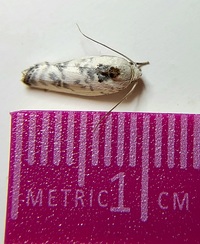
| Recorded by: Mark Basinger on 2024-07-11
Brunswick Co.
Comment: |

| Recorded by: David George, Stephen Dunn, Jeff Niznik, Patrick Coin on 2024-06-22
Chatham Co.
Comment: | 
| Recorded by: Dean Furbish, Lior S. Carlson on 2024-06-17
Lincoln Co.
Comment: |
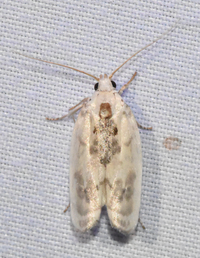
| Recorded by: Emily Stanley on 2024-05-13
Buncombe Co.
Comment: | 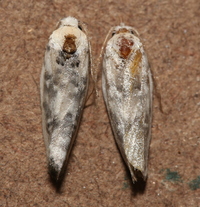
| Recorded by: David George, Jeff Niznik on 2024-04-29
Chatham Co.
Comment: |

| Recorded by: Stephen Hall on 2024-04-14
Orange Co.
Comment: | 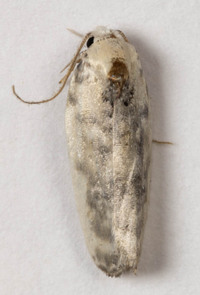
| Recorded by: Stephen Hall on 2024-04-14
Orange Co.
Comment: |

| Recorded by: Mark Basinger on 2024-04-12
Wilson Co.
Comment: | 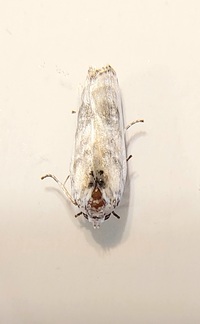
| Recorded by: Mark Basinger on 2024-04-06
Brunswick Co.
Comment: |
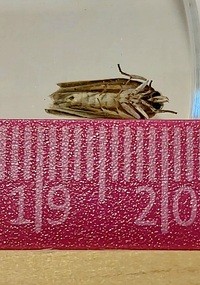
| Recorded by: Mark Basinger on 2024-04-06
Brunswick Co.
Comment: | 
| Recorded by: Mark Basinger on 2024-04-03
Wilson Co.
Comment: |
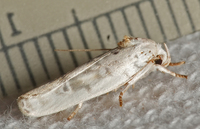
| Recorded by: Chuck Smith on 2023-08-10
Davidson Co.
Comment: | 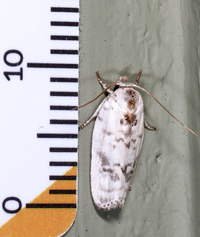
| Recorded by: John Petranka, David George on 2023-08-05
Orange Co.
Comment: |
|

 »
»